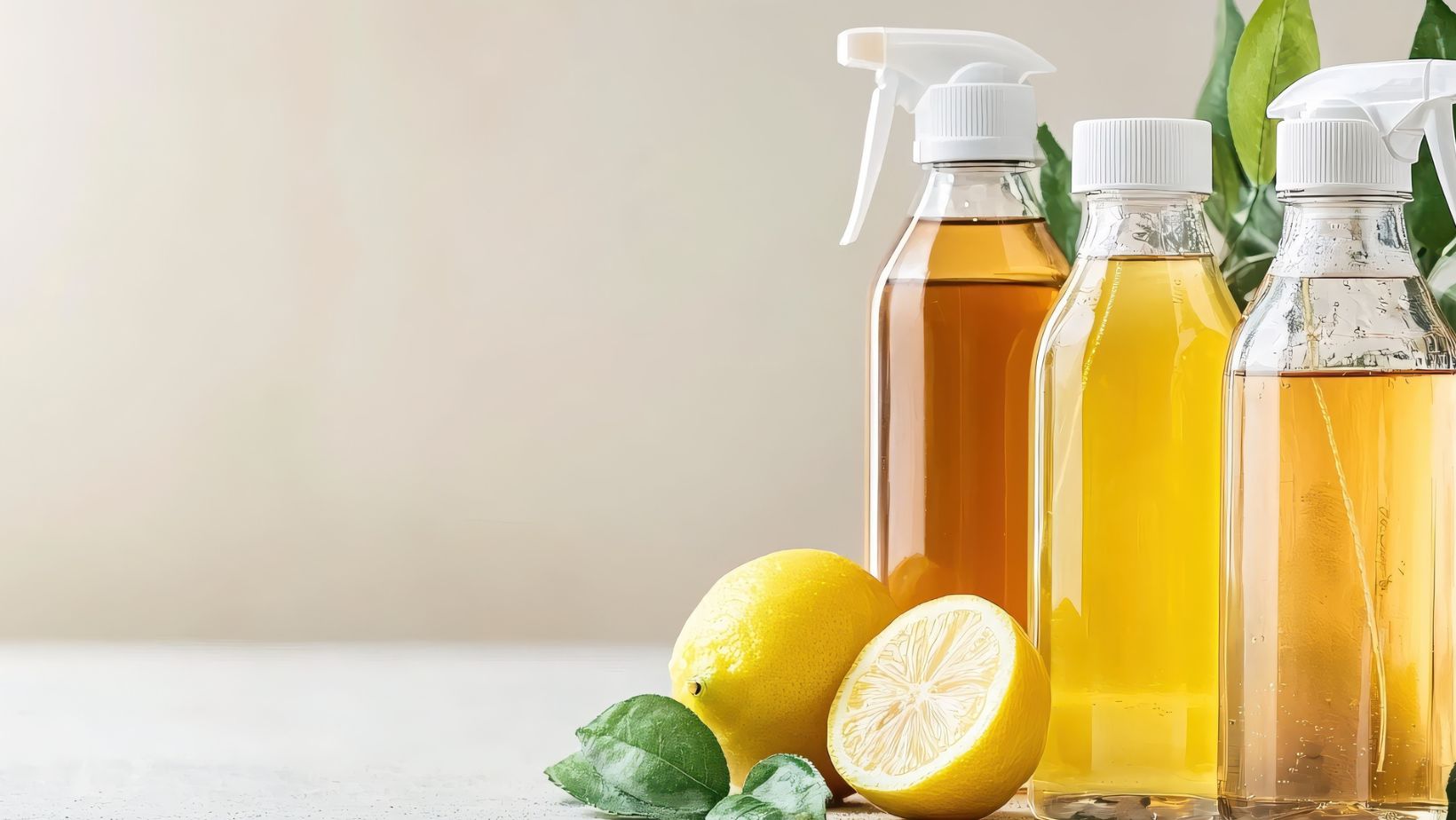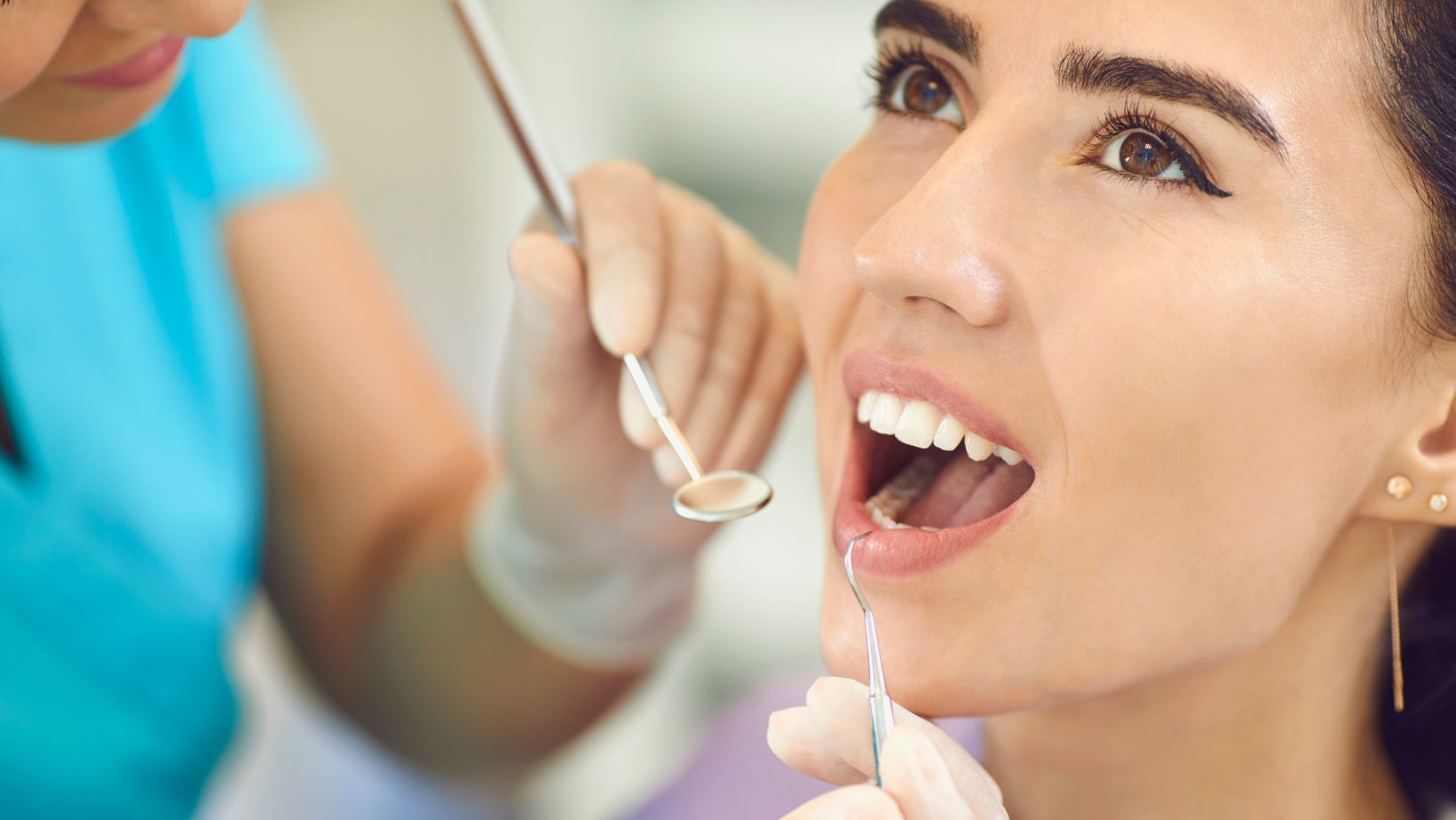Keeping medical facilities clean shouldn’t come at the cost of health. Many traditional disinfectants used in clinics contain harsh chemicals that linger in the air, posing risks to patients and staff. Fortunately, eco-friendly alternatives now offer the same germ-killing power without the toxic side effects.
The shift toward green cleaning in healthcare isn’t just a trend—it’s a necessity. Hospitals and clinics are discovering that sustainable practices reduce environmental pollution while improving safety. Keep reading this blog to learn more about non-toxic cleaning options for health clinics.
Why Switch to Non-Toxic Cleaning in Healthcare Facilities?
Healthcare facilities are increasingly adopting green cleaning solutions—and for good reason. Here’s why non-toxic cleaning matters:
- Protects patient and staff health: Eliminates exposure to toxic fumes and harsh chemicals that can trigger respiratory issues or skin irritation
- Reduces environmental impact: Biodegradable formulas minimize pollution without sacrificing cleaning power
- Maintains high hygiene standards: EPA-registered green disinfectants (like hypochlorous acid) kill pathogens as effectively as traditional chemicals
- Lowers long-term costs: Concentrated eco-friendly products reduce waste and often require smaller quantities per use
- Creates a safer healing environment: Fewer toxic residues mean better air quality for vulnerable patients
Medical facilities making the switch—like those using medical facility cleaning in Charlotte, NC —report healthier spaces without compromising infection control. The evidence is clear: non-toxic cleaning works where it matters most.
The Science Behind Green Disinfection: How Non-Toxic Products Work
Many healthcare professionals wonder how plant-based detergents and cleaners can match the power of chemical disinfectants. The answer lies in innovative formulations that harness nature’s antimicrobial properties:
- Plant-based surfactants: Derived from coconut or corn, these effectively lift and remove microbes from surfaces
- Botanical extracts: Thyme, citrus, and tea tree oils have proven antimicrobial properties

- Oxygen-based cleaners: Hydrogen peroxide breaks down into water and oxygen while killing pathogens
- Enzymatic cleaners: Use beneficial bacteria to digest organic matter and biofilms
Recent studies show these alternatives can be equally effective against healthcare-associated pathogens when used at proper concentrations, applied with correct contact time, and combined with appropriate mechanical cleaning.
The key is understanding that green doesn’t mean weak – it means more innovative formulation using nature’s chemistry combined with modern science.
Effective Green Cleaning Alternatives for Clinics
Clinics don’t need harsh chemicals to achieve medical-grade cleanliness—these proven green alternatives deliver exceptional results while safeguarding health.
1. EPA-Registered Disinfectants for High-Touch Surfaces
Many hospital-grade green disinfectants use ingredients like citric acid and hydrogen peroxide to kill pathogens without toxic residues. These are perfect for disinfecting door handles, light switches, and other frequently touched surfaces.
2. DIY Solutions for Routine Cleaning Tasks
Simple, non-toxic mixtures can replace chemical cleaners for many purposes:
- All-purpose cleaner: Baking soda, washing soda, and vinegar in a spray bottle with hot water
- Bathroom scrub: Baking soda paste with cool water
- Glass cleaner: Vinegar and water solution
While these simple DIY solutions may seem modest, their combination of effectiveness, safety, and cost-efficiency makes them powerful tools for maintaining a clean clinical environment without relying on harsh chemicals.
3. Electrolyzed Water Systems
These innovative systems convert saltwater into hypochlorous acid, creating a powerful, non-toxic disinfectant that’s effective against most pathogens and safe for use around patients.
4. Steam Cleaning Technology
High-temperature steam cleaners kill germs through heat rather than chemicals, providing chemical-free disinfection for floors, upholstery, and hard surfaces.
5. Reducing Cross-Contamination with Sustainable Tools
Refillable bottles, color-coded microfiber cloths, and disposable paper towels made from recycled materials help prevent germ spread while minimizing environmental impact.
By implementing these eco-friendly solutions, healthcare facilities can maintain rigorous hygiene standards while creating a safer, more sustainable healing environment for patients and staff alike.
Implementing Green Cleaning Practices in Medical Facilities
Transitioning to eco-friendly cleaning requires careful planning and staff engagement. Start by developing clear protocols that outline which green products to use for different surfaces and situations. Proper training ensures cleaning staff understand how to use these alternatives effectively, including correct dilution ratios and required contact times for disinfectants.
Additionally, regular audits help maintain standards and identify areas for improvement in the green cleaning program.

When implemented systematically, these practices create a healthier environment while meeting healthcare settings’ stringent cleanliness requirements. The transition may require initial adjustments, but the long-term benefits for staff well-being and patient safety make it a worthwhile investment.
Conclusion
Non-toxic cleaning in medical facilities represents more than just an environmental choice—it’s a fundamental shift in how healthcare hygiene is approached collectively. As research continues to validate the efficacy of green cleaning solutions, clinics now have access to products that protect patients and the planet without compromising on infection control.
Healthcare facilities that embrace these changes position themselves as leaders in preventive health—recognizing that true healing environments begin with clean, non-toxic spaces. As the science continues to evolve, one truth remains clear: the future of medical facility cleaning is green, effective, and health-focused in every sense.

